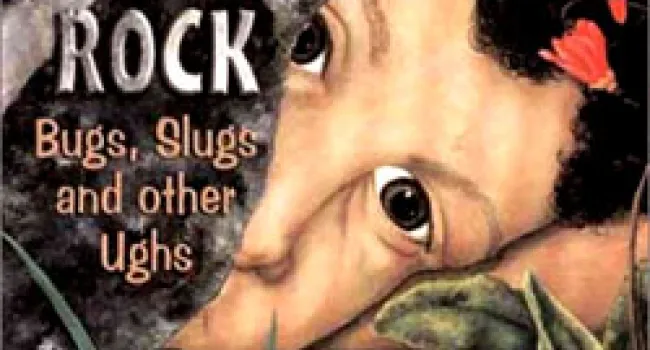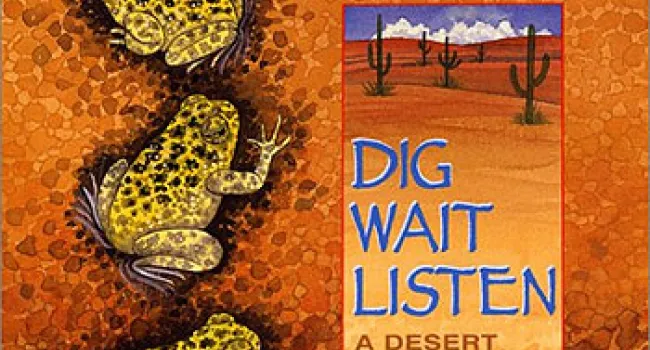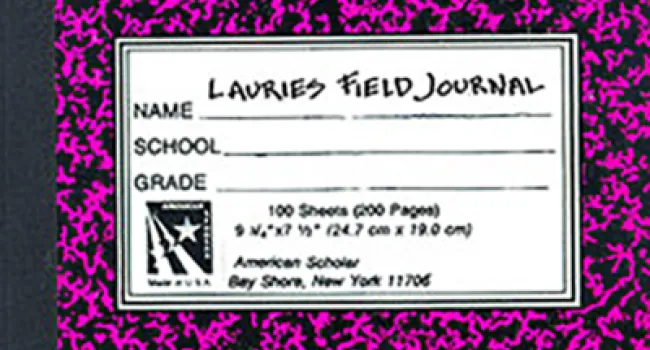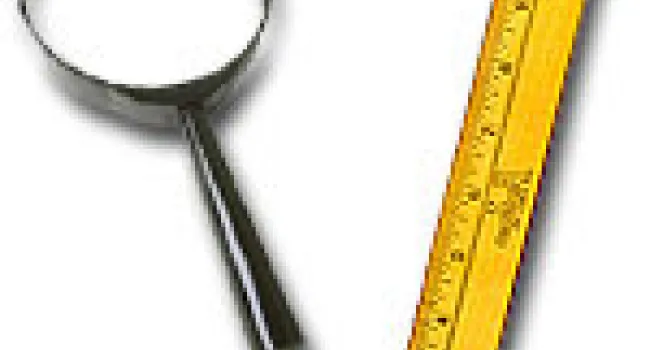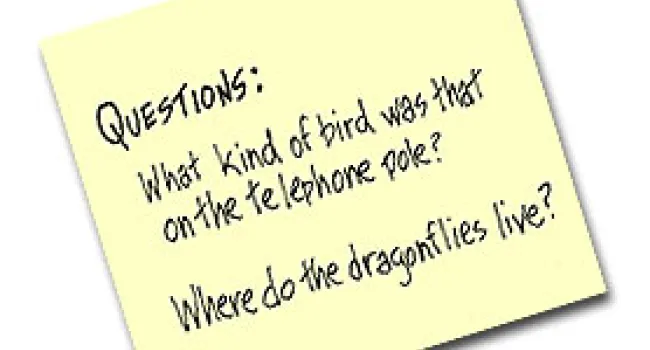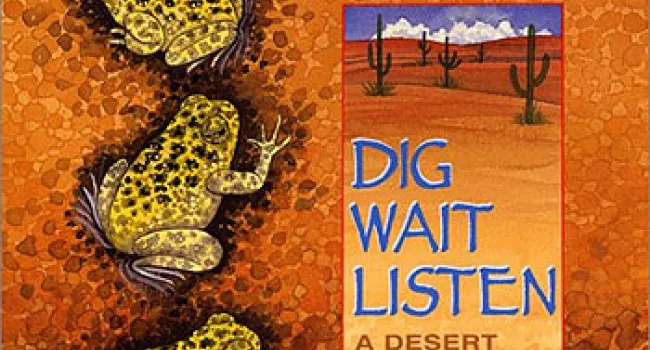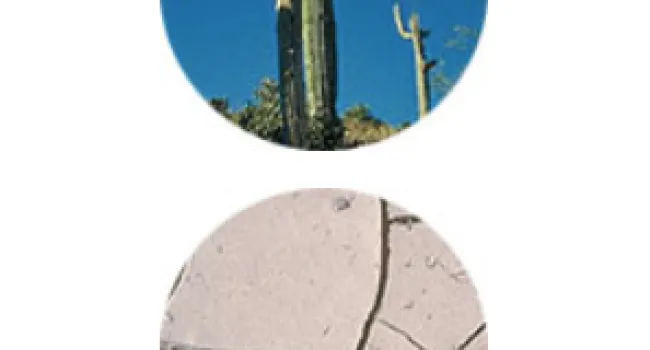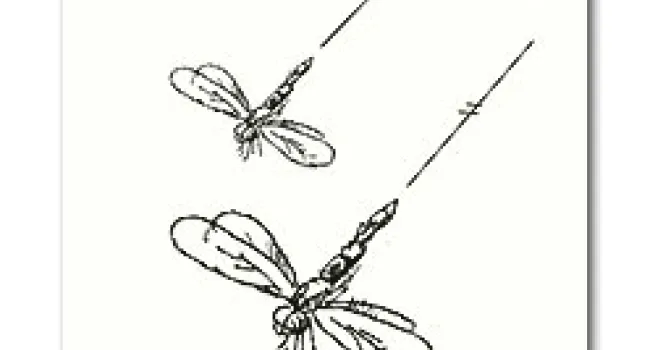
These are some of the things authors and scientists who study the natural world do. You can do the same!
- Note the time, place and date of your field research.
- Observe the size, shape, color, texture, sound, and movement of objects or events. Objects are the animals, plants, and rocks around you. Events are what is happening -- a rain shower or a butterfly going from flower to flower.
- Classify the objects and events into categories by making lists. These lists might be a list of plants, a list of animals, a list of soft things, a list of smelly things, a list of weather-related things. Base your lists on the relationships you find between your observations.
- Measure the objects. How long and wide are they? If you can pick them up, how heavy are they? How big are the objects compared to the rest of the area you are in?
- Communicate your ideas on paper. Use drawings and descriptions to make your objects come alive on paper!
April Pulley Sayre says, "Take a little tape recorder and tape sounds of noises so you can go back and describe them in words...Sometimes I make up words just to imitate the sound of a crocodile or a frog's noise."

